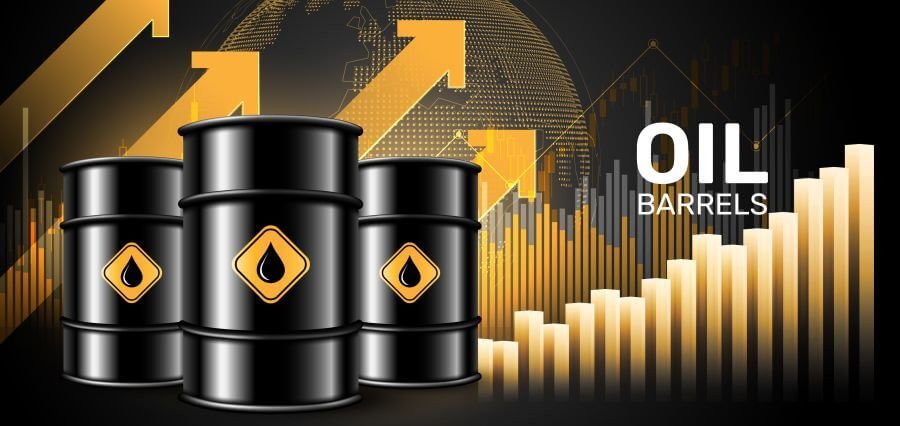A research firm has warned that if the current tensions in the Middle East are not resolved promptly, the Asia Pacific (APAC) economies and the global economy are likely to experience the repercussions of higher oil prices. Moody’s Analytics, in its commentary, highlighted that the escalation of tensions in the region poses a significant threat to APAC economies, primarily due to the potential for increased oil prices. The firm noted that on the Friday prior to Iran’s attack on Israel, West Texas Intermediate crude was trading between US$85 and US$90 per barrel, with an estimated US$5 attributed to the risk premium in anticipation of the attack.
“Now that the attack has happened, we expect oil prices to add another US$5 per barrel to the risk premium, pushing oil to the US$90 to US$95 per barrel range. From here, there are two possible scenarios. The most likely is a measured and restrained response from Israel that de-escalates tensions, in line with pressure from the Biden administration in the United States and the wider global community.
“That would see the US$10 per barrel risk premium fade over the next few weeks. The second, and far more damaging scenario would see an escalation in the conflict as Israel forcefully responds to the attack.
The research house cautioned that should such an eventuality transpire, oil prices might surge to over US$100 per barrel. Moreover, it highlighted that the escalation in oil prices could jeopardize the region’s already fragile progress on inflation. Moody’s Analytics emphasized that since most APAC economies are net oil importers, they could face vulnerability to global oil price spikes, with impacts varying across countries. However, broadly speaking, three primary challenges arise from the escalation in oil prices. These include the potential for increased inflation due to higher energy and fuel costs, as well as elevated production and transportation expenses, resulting in higher prices for various goods ranging from food to footwear.








